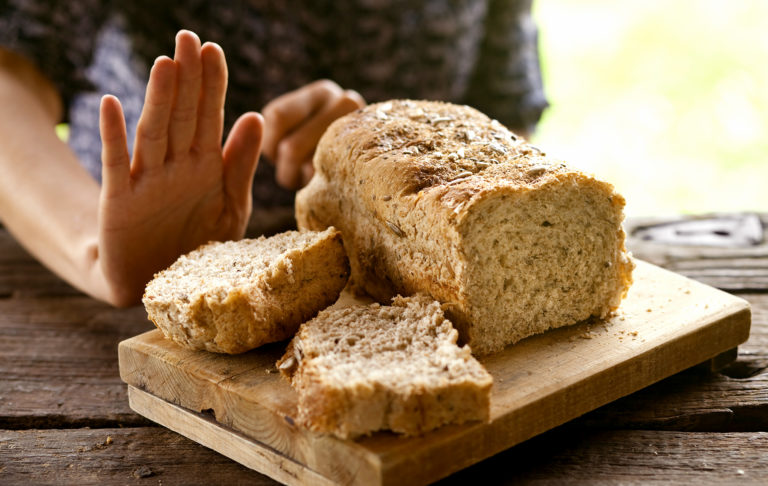It may seem like there are more food allergies and sensitivities than ever before, but that’s not entirely the case. We are more aware of food-related issues than we were in the past, and likely this trend will continue. That’s a good thing! Food should provide nourishment and comfort, not risk health.
Navigating food allergies
As a holiday host, trying to accommodate a variety of food allergies and sensitivities can feel daunting. When it seems like every guest has a different need, throwing up your hands and putting together an artful arrangement of rice cakes might seem like your only option — but even those rice cakes might not be safe for everyone.
What’s a host to do? Aside from not panicking and giving up, there is plenty you can do. Cooking for various needs can be a challenge, yes — but it can be a fun adventure, too.
Get a complete list of issues and ramifications
First things first, know what you are dealing with. You need a complete list of allergies, sensitivities, and preferences — and need to know the seriousness of allergies and sensitivities. Cross-contamination can be a life and death issue for those with severe allergies — while those with sensitivities may be less concerned about that.
For example, if your niece’s new beau is deathly allergic to shellfish, it’s probably best to forego Aunt Marge’s shrimp salad recipe. Even if you try to be careful about where and how it’s prepared and what utensils are used, and so on, with so much food prep activity in a typically smaller home kitchen, there is risk. Although the food allergic usually are used to just not eating if the situation isn’t safe, that’s not really the point of a holiday meal.
The food sensitive or those with preferences, on the other hand, might be okay with close food preparation issues as long as the specific ingredient isn’t in what they consume.
The more the merrier
Even though it’s a little more work, try adding more dishes to the menu that meet a variety of dietary needs, but in smaller quantities. If you truly can’t live without that dairy rich dessert, include a complimentary non-dairy option, too. Gluten-free corn bread stuffing in addition to the glutenous version means everyone gets stuffing, not just the non-celiacs.
Go international and make substitutions
Look to international cuisines for recipes to incorporate traditional elements but without offending ingredients. International cuisines can also offer excellent substitute ingredients.
Did you know you can whip coconut cream as a replacement for whipped cream for desserts? And your Thanksgiving turkey doesn’t necessarily have to be in the form of a roasted whole bird. Turkey tamales? Turkey curry? For vegetarians and vegans, why not put together a quick vegetable stir-fry instead of the Brussels sprouts cooked with bacon?
Read labels
Once you have your plan, preparation and safety starts in the grocery store. Read labels carefully and question ingredients you don’t know. Casein, for example, is a dairy protein, and the dairy allergic and sensitive could have a problem. Gluten also hides in prepared food, so look for that, too
Ask for help
For particularly challenging menus, it’s okay to ask for help. Not only does that ease the pressure on you, but the person bringing it is guaranteed to have at least one thing they like and can eat. Just be sure all contributors have a complete rundown of the food issues of attendees.
Thanksgiving in particular is a time people like to hold onto their traditions. That’s okay, but it is possible to put together a meal that will satisfy the nut-free, dairy-free, gluten-free, shellfish-free (etc.) family members — and you , too — and create some new traditions in the process.
Because be honest: Granny’s candied yams with gallons of corn syrup and stale marshmallows wasn’t that great of a dish to begin with.









